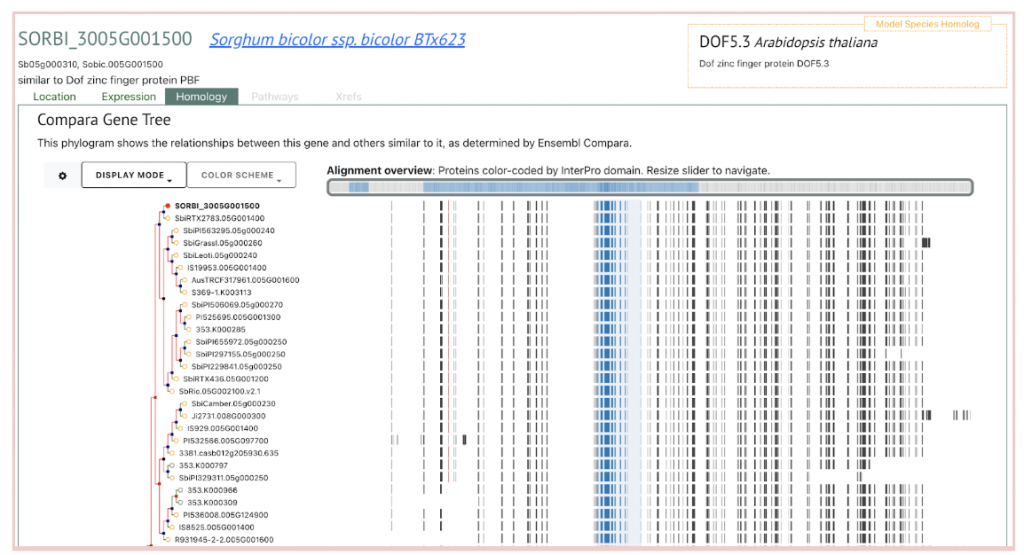Researchers Discover Potential Starch Biosythesis Regulator in Sorghum
Despite the utility of starch in industry and as a source for human food, there is little research into its regulation mechanisms and biosynthesis in sorghum. An important source of starch biosynthesis regulation in plants are gene-encoding enzymes which are induced by signal molecules and are regulated by transcription factors (TFs). A group of plant-specific TFs, the C2-C2 zinc finger domain (DOF) family, have varied yet important functions in plants, including cereals such as rice, maize and wheat. Researchers from Southwest University in China identifyied 30 proteins containing conserved DOF domains from the sorghum genome. The sorghum DOF proteins were divided into two groups based on sequence alignment and evolutionary analysis. Using gene expressions and co-expression analysis, the researchers found a regulatory factor, the gene SbDof21, which was found to be a highly expressed DOF gene in grains, on chromosome 5. In addition, the scientists discovered that 15 genes involved in the sorghum starch biosynthesis pathway were co-expressed with SbDof21. They also found that SbGBSSI, an important sorghum amylose biosynthesis gene, could bind with and be transactivated by SbDOF21. Overall, the research demonstrates that SbDOF21may be a pivotal regulator in the biosynthesis of sorghum starch and could be used to improve the starch composition of sorghum in the future.
SorghumBase Example:

Reference
Xiao Q, Liu T, Ling M, Ma Q, Cao W, Xing F, Huang T, Zhang Y, Duan H, Liu Z. Genome-Wide Identification of DOF Gene Family and the Mechanism Dissection of SbDof21 Regulating Starch Biosynthesis in Sorghum. Int J Mol Sci. 2022 Oct 12;23(20):12152. PMID: 36293009. DOI: 10.3390/ijms232012152. Read more


